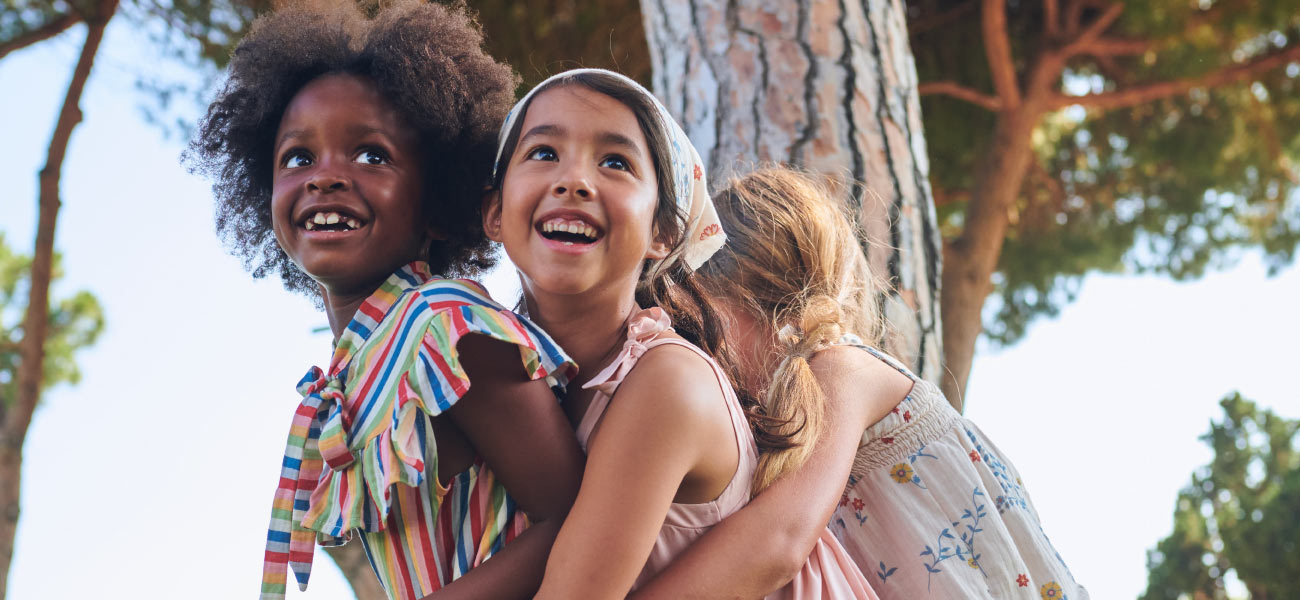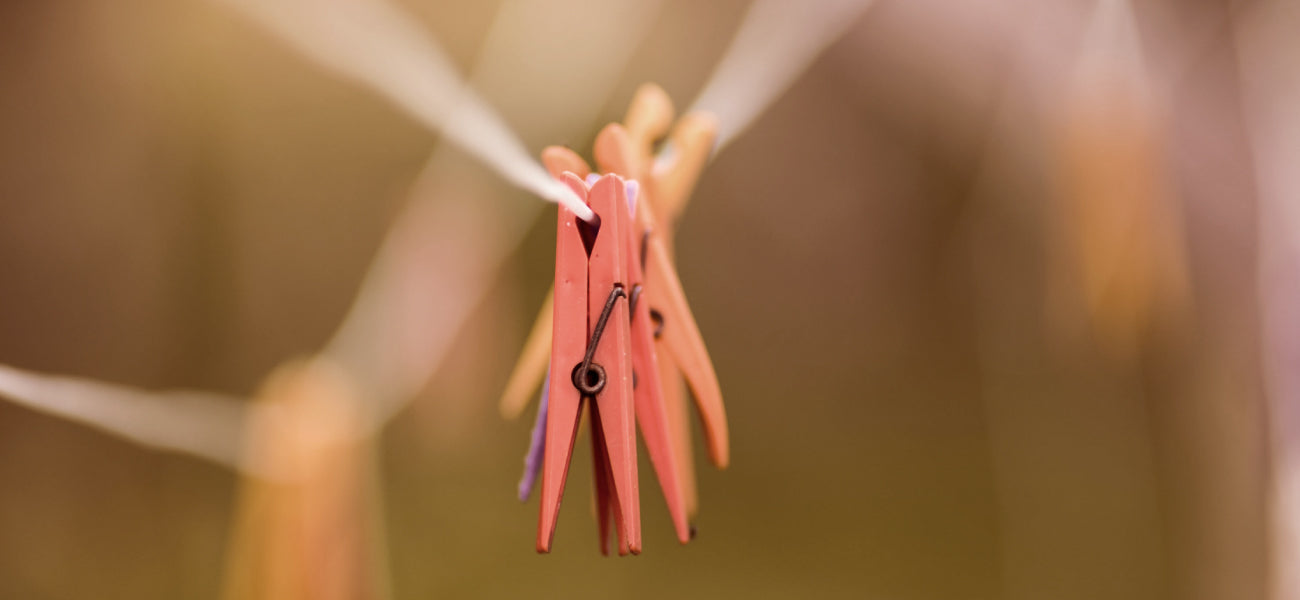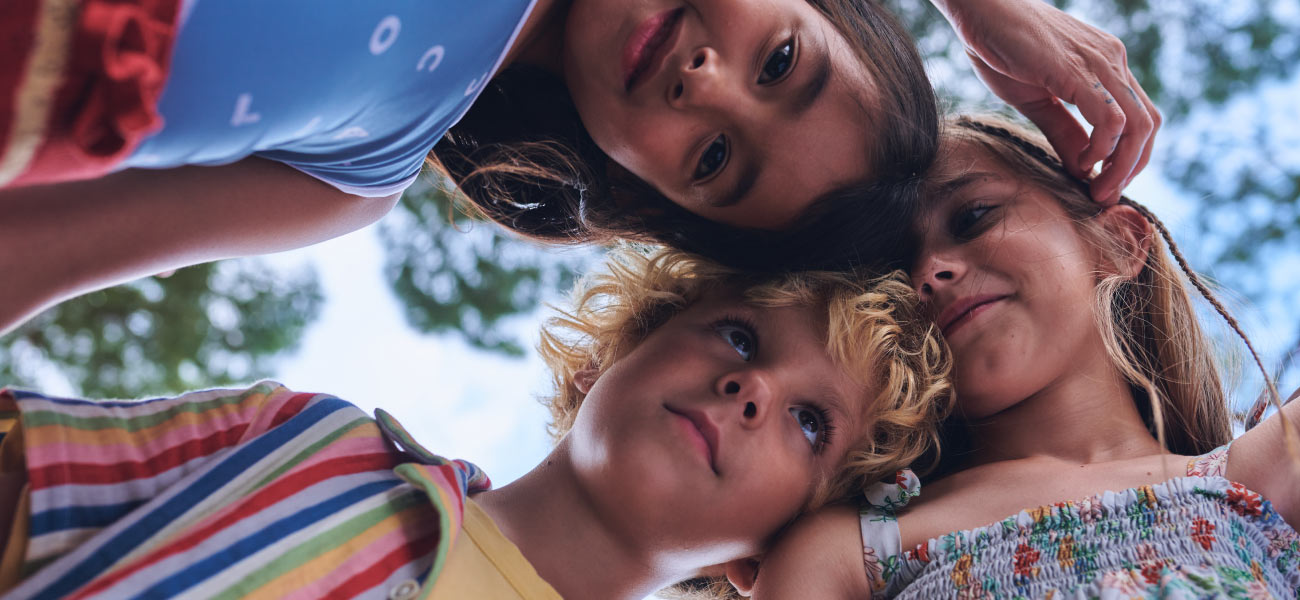
Should I buy bigger clothes for kids?
Are you puzzled by kids' clothing sizes? At Coco Au Lait, we're here to help unravel the mystery and guide you through the world of dressing your growing child. Let's explore how choosing larger sizes benefits your child, discover efficient ways to manage their ever-changing clothing needs, and ensure their comfort.
Understanding children's growth patterns
Kids' growth is a whirlwind journey, from their baby days to their teenage years. It's like they're on fast-forward! Babies grow before your eyes, and toddlers? They practically shoot up overnight! But as they approach their teenage years, things slow down a bit.
Predicting changes in a child's size can be challenging due to the individual nature of growth rates. However, analyzing your immediate family's growth patterns can give you insight into potential changes in height and size. This information can help you make informed decisions when choosing bigger sizes for your child's clothing.
Moreover, using a height calculator to estimate your child's future height based on their gender, age, and current height can help you anticipate their clothing needs and plan future purchases.
The pace of growth in early childhood
During the first few years, from birth to about age three, children experience rapid physical growth. Infants quickly transition from completely dependent newborns to curious explorers, reaching important milestones such as lifting their heads, rolling over, sitting up, and eventually taking their first steps.
As they enter the toddler stage, which typically lasts from ages three to five, it is a time of continued physical and mental growth. Toddlers refine their motor skills, language acquisition, and cognitive abilities. They make impressive progress in walking, running, and fine motor skills.
Predicting size changes in children
Figuring out kids' size changes can be challenging since each child grows differently. But some factors can give clues about their potential growth:
- Family history and genetics: Analyze immediate family members' growth patterns for an idea of your child's potential height and size. Consider parental height as an indicator—tall and short parents may suggest a middle-ground growth for the child.
- Growth rate: Pay attention to how the clothes are shaped and designed. Some styles, like dresses with A-line cuts or shirts with a relaxed fit, provide comfort and look stylish for kids.
- Body proportions: Observe your child's body proportions, such as the length of their limbs compared to their torso. This can provide insight into their potential height and build.
- Pediatrician consultation: Seek professional advice from a pediatrician who can assess growth curves and offer guidance on clothing sizes based on their development.
Remember, these tips are general guidelines and not an exact science. Children's growth can sometimes be unpredictable, so it's essential to regularly monitor their size and adjust clothing accordingly.
Should I buy bigger clothes? The benefits of buying bigger clothes
As parents, we want our children to be comfortable and move freely in their clothes. At the same time, we want to make sure we're not constantly replacing the wardrobe as their bodies grow. So how do we balance these two factors?
Getting larger-sized clothes for kids can be a good idea for achieving this equilibrium. Why?
- Room for growth: Children grow at a fast pace, especially in the early years. Getting clothes slightly bigger gives enough room, ensuring that the garments will last longer. This is particularly useful for items like winter coats or fancy outfits that may not be worn frequently, but should fit nicely when they are needed.
- Cost-effective: Investing in bigger clothes can be cost-effective in the long run. Instead of constantly buying new clothes as your child grows, these bigger sizes last longer and keep being useful.
- Comfort and flexibility: Bigger clothes aren't just about size; they're about feeling comfy and free. Roomier clothes mean kids can move and play without feeling squished in tight outfits.
- Layer up: Bigger-sized clothing opens opportunities for layering, particularly during colder months. Adding extra clothing underneath keeps them warm without making it hard to move.
- Sharing is caring: Bigger clothes aren't just for one kid—they're for sharing! When the older child outgrows their clothes, they can pass them down or share with friends, making those clothes last even longer.
It's important to consider the quality of the fabrics when purchasing bigger clothes. Opt for durable materials like organic cotton for comfort and long-term use, making the investment even more worthwhile.
By choosing slightly larger clothes, you anticipate growth, save money, and provide your child with adaptable, comfortable clothing that meets their changing needs.
Considerations when buying bigger sizes
When you're shopping for bigger sizes for your little ones, it's important to keep a few practical tips in mind to ensure a great fit and safety:
Balancing size and safety
While opting for larger clothes is advantageous for growth, it's crucial to strike a balance. Oversized garments might pose safety hazards, as loose clothing might easily get entangled or caught in objects, increasing the likelihood of accidents. Therefore, it's vital to select slightly larger sizes that fit securely and comfortably to prioritize safety.
Ensuring proper fit and appearance
A common concern with bigger clothes is the fear of a disheveled appearance. However, selecting the right size can maintain a neat and presentable look while accommodating growth. Adjustments like adjustable waistbands or rolling up sleeves can maintain a polished appearance even with larger-sized clothes.
- Consider the cut and style: Pay attention to how the clothes are shaped and designed. Some styles, like dresses with A-line cuts or shirts with a relaxed fit, not only provide comfort but also look stylish for kids.
- Avoid excessively long sleeves or hems: Make sure sleeves and hems are not excessively long, as this can increase the risk of tripping or getting caught on objects.
- Choose age-appropriate styles: Consider age-appropriate styles that suit your child's developmental stage. For example, avoid clothes with long ties, long strings, or loose embellishments that could pose a choking hazard.
Remember, it's important to regularly reassess your child's clothing size as they continue to grow. Through observation and adjusting their wardrobe accordingly, you can ensure they have clothes that fit well, look presentable, and prioritize their safety.
Practical tips for choosing sizes
With some practical tips and by using size charts and measurements, you can ensure a proper fit.
Utilizing size charts and measurements
When picking sizes, use the brand's size charts as a guide. It's a good idea to take accurate measurements of your child's height, weight, and chest, waist, and hip sizes. Compare these measurements with the size chart to find the right fit.
- Use age and height charts: Many brands have charts based on age and height for their clothes. They're handy to get an idea of the size range that might suit your child's age and height.
- Measure it right: Get a measuring tape and measure your kid's chest, waist, hips, and inseam accurately. Then, compare these measurements with the size chart provided by the brand or retailer.
- Plan for growth spurts: Kids grow fast! As we mentioned above, consider buying clothes with a bit of extra room for growth. But don't go for sizes that are too big, as they might not fit well.
- Look for adjustability: Clothes with elastic waistbands or adjustable straps are great. They have more flexibility to fit different body shapes and sizes.
Predicting size changes in children
While each child follows a unique growth path, by considering the benefits of larger sizes and following practical tips, you can confidently navigate the world of children's clothing sizes and make informed choices for your child's wardrobe.


